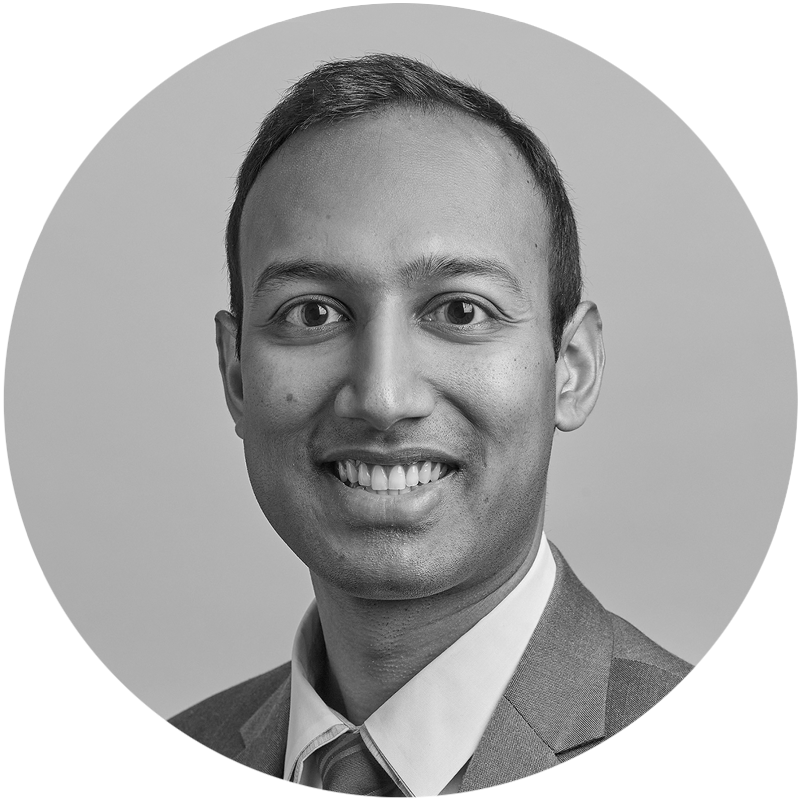What issue can we solve for you?
Type in your prompt above or try one of these suggestions
Suggested Prompt


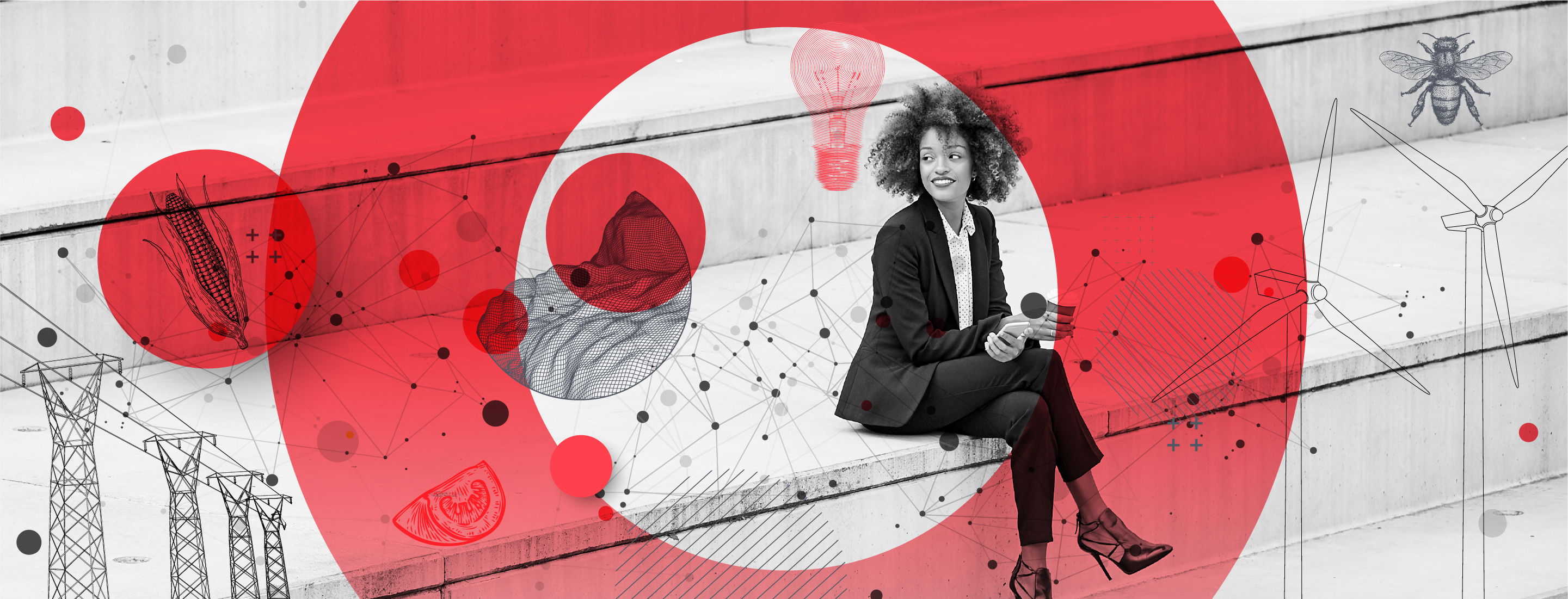
Energy & Commodities
How to Gain a Competitive Edge with Generative AI in Energy and Commodities
How to Gain a Competitive Edge with Generative AI in Energy and Commodities
Aash Jain
Executive summary:
- Organizations can expect an immediate material impact on business outcomes by deploying generative AI through the augmentation of corporate tasks, improvement in risk management and optimization of core strategic capabilities
- Energy and commodities companies can expect to realize quick wins by deploying generative AI to accelerate routine tasks and codify institutional knowledge
- To effectively manage change, early adopters should focus on appropriate governance and guardrails by quickly defining proof of concepts and ensuring data readiness and pipelines
The generative AI revolution is here. Energy and commodities sectors are on the precipice of a major transformation in ways of working and delivering value to customers. By using generative AI in tandem with existing tools, organizations can gain a competitive advantage.
To do this, they should address several key questions:
- What does generative AI do?
- How can energy and commodities organizations leverage generative AI to move faster, save money and better serve customers?
- What are the implications for the energy and commodities workforce?
- What potential risks, liabilities and regulations should organizations consider?
- What can organizations do in the short, medium and long term?
1. So, what can generative AI actually do?
The adoption of AI has dramatically accelerated in recent years and will only continue to increase as consumer-friendly generative AI tools reduce the barriers to AI adoption.
AI has historically been implemented for most manufacturing operations as a means to reduce operational costs, improve reliability (and thereby reduce capital expenditure) and increase yield. Consider several applications already being deployed across energy and commodities sectors:
-
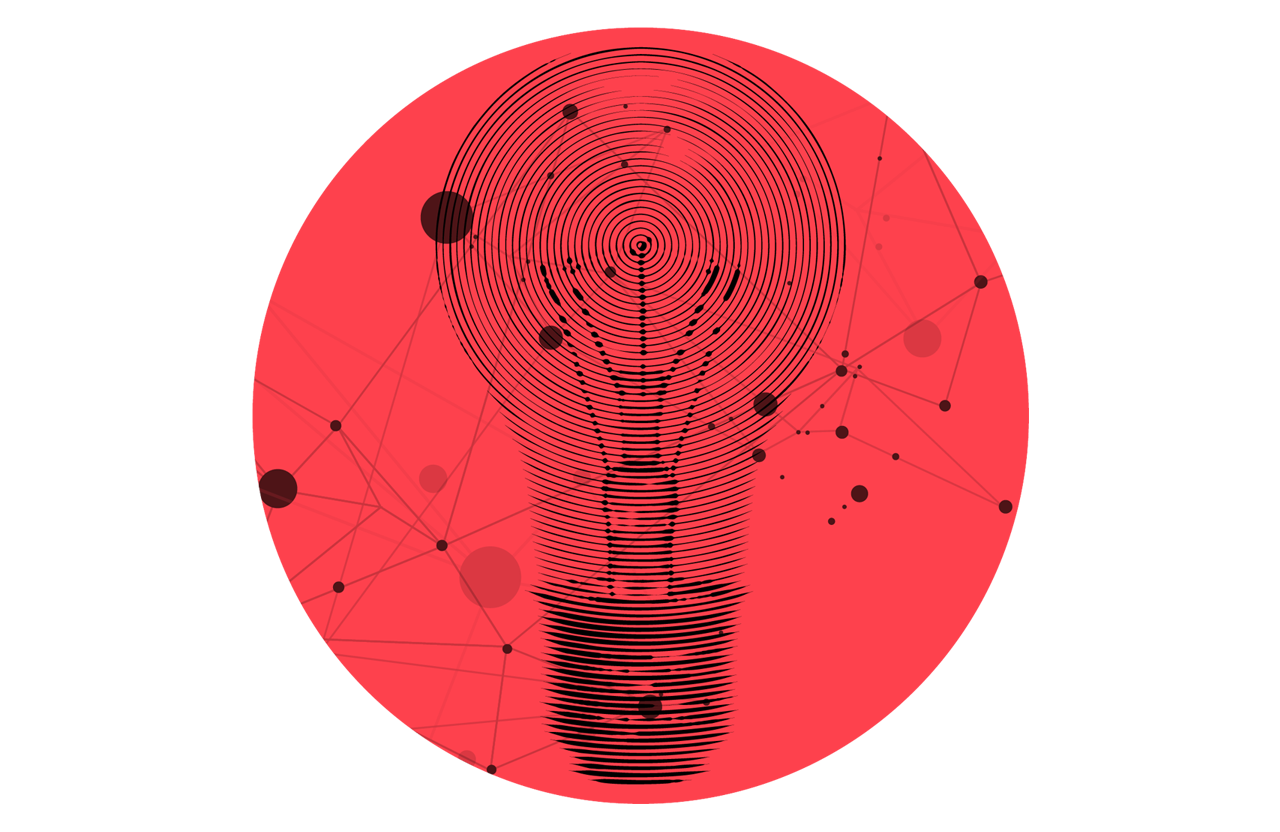
Oil & Gas 4.0:
Applications for AI in the energy sector were first deployed in the 1970s, and these include upstream natural gas fracking, midstream pipeline monitoring and downstream autonomous oil refining (e.g., Fluidized Catalytic Cracking)

Smart metering and detection:
Utilities enable smart metering and proactive anomaly detection within transmission and distribution infrastructure

Agricultural monitoring:
Farmers employ real-time monitoring to surveil their crop yields and livestock
Generative AI: making sense out of context
Specifically, generative AI can create contextualized content—ranging from code and long-form writing to images and videos—based on data and human-engineered inputs, simulating human language with reasonable accuracy. Furthermore, as a standalone tool, generative AI can significantly enhance workforce productivity by structuring disparate and siloed data and translating multilingual text. Considering its pace of development, potential generative AI tools will rapidly become more efficient and autonomous in managing workforce tasks.
Moreover, generative AI’s ability to be interoperable with existing solutions—including machine learning (ML), cognitive automation, internet of things, robotic process automation, optical character recognition and natural language processing—can unlock differentiated operational value. Using natural, human-like language to interface and assist with other layers in the AI “tech stack,” generative AI can enable early and agile AI adopters to:
- Autonomously execute operational tasks—such as asset optimization and trading risk management—with provided logic and algorithm-based rules
- Lead self-supervised learning to predict and generate content
- Institutionalize organizational knowledge and continuously learn new information
- Generate creative ideas and solutions
2. How can energy and commodities organizations leverage generative AI to enhance existing tools and processes?
Energy and commodities participants can expect accelerated productivity through democratized access to complex digital tools and a rapid iteration cycle to ideate, design, code and communicate.
The use of large language models can be a powerful differentiator when coupled with proprietary information and connected to existing technology ecosystems. While most organizations employ data lakes, predictive analytics and machine learning, generative AI adds a powerful interactive layer on the top of this AI tech stack that unlocks value for operations, asset optimization and risk management across energy and commodities sectors.
Generative AI paired with existing tools has the potential to unlock new value for energy and commodities organizations in six ways:
3. How will this impact the energy and commodities workforce?
Generative AI will transform the connected worker experience and thereby improve workforce efficiency, particularly for corporate functions such as sales, marketing and financial operations.
By Publicis Sapient’s estimate, generative AI may improve the efficiency of tactical back-office activities and reduce approximately 10-30 percent of corporate costs through automation of tasks like data cleansing, data validation, research/planning and drafting. These core tasks can augment or displace certain corporate functional activities, significantly reducing the number of labor hours required.
Displaced jobs may be offset by new technology-driven roles, or “AI Complements,” that focus on strategic value-creation activities such as designing innovative crop cultivation or troubleshooting refineries. The resulting productivity gains could increase GDP by seven percent over 10 years.
How will generative AI help mitigate energy and commodities workforce attrition?
More specifically, generative AI can help mitigate workforce attrition and the resulting brain drain within the industry by codifying and institutionalizing existing knowledge and organizational best practices. Over the next decade, energy and commodities sectors will face a significant portion of the workforce retiring and aging. For example, approximately 27 percent of oil and gas laborers are currently over the age of 55, and the age of agricultural laborers increased by eight percent since 2018.
As energy and commodities sectors continue to manage this ongoing brain drain, generative AI can help upskill early-career professionals and therefore reduce the learning curve and accelerate an individual’s ability to generate value for the organization.
4. What potential risks, regulations and reactive measures might organizations face?
Generative AI has clear operational and strategic potential for energy and commodities organizations ready to make the digital leap. However, implementing effective governance measures around data use and managing outputs is critical to avoid unintentional consequences. Consumer-facing applications (e.g., ChatGPT) leverage data from the open web. As a result, organizations may be at risk of proprietary data leakage if users prompt with company-specific data.
Furthermore, organizations should be aware of functional limitations when deploying generative AI tools:
-

- Large training data: Large baseline data sets are required to effectively replicate and produce language with reasonable accuracy
- Knowledge cutoff: Some tools have a knowledge cut-off date
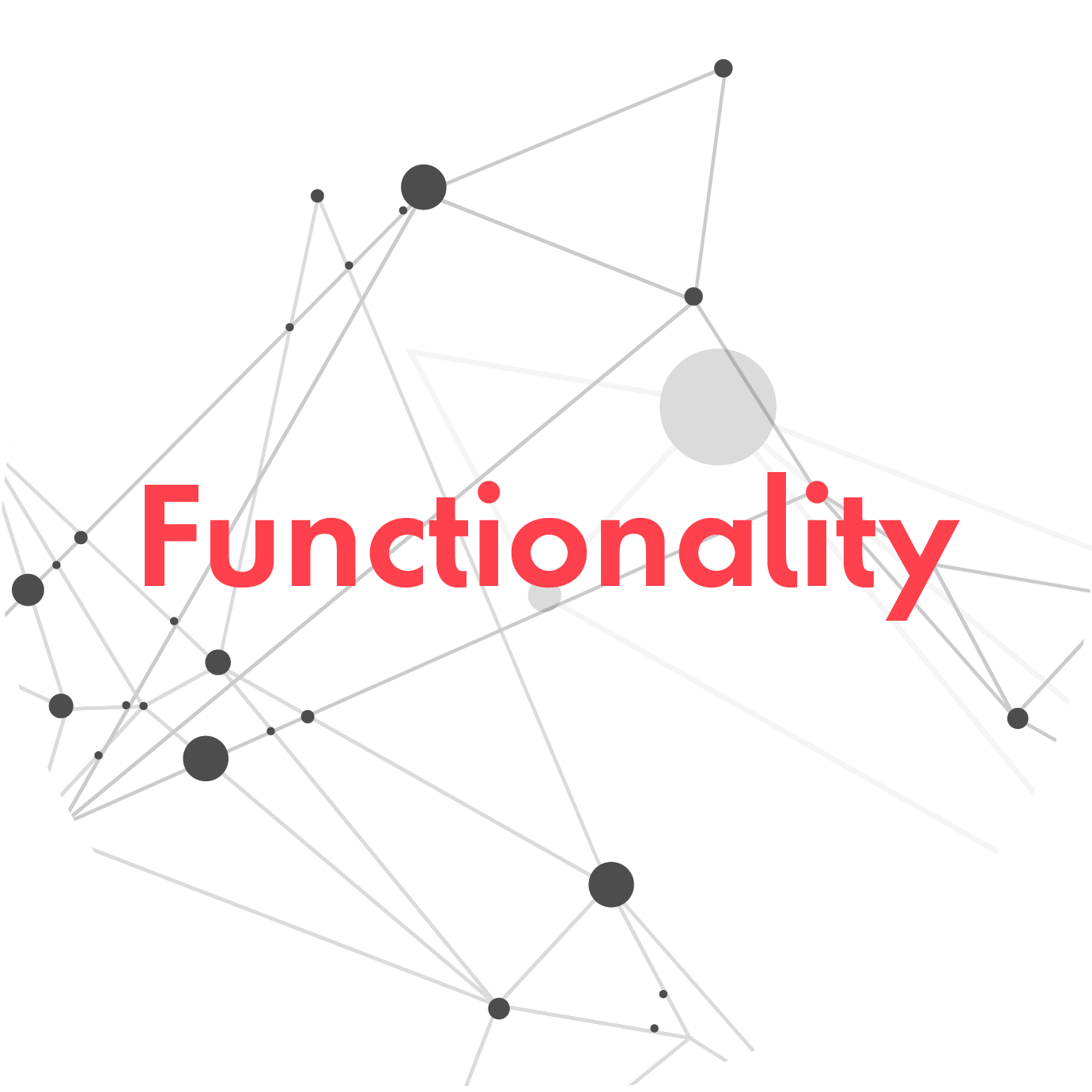
- Low maturity: Currently limited to question-answer format
- Superficial search function: Requires industry-level and company-level knowledge to make it relevant
- Limited quantitative reasoning ability: Must be paired with a machine learning algorithm or another analytical approach to be effective
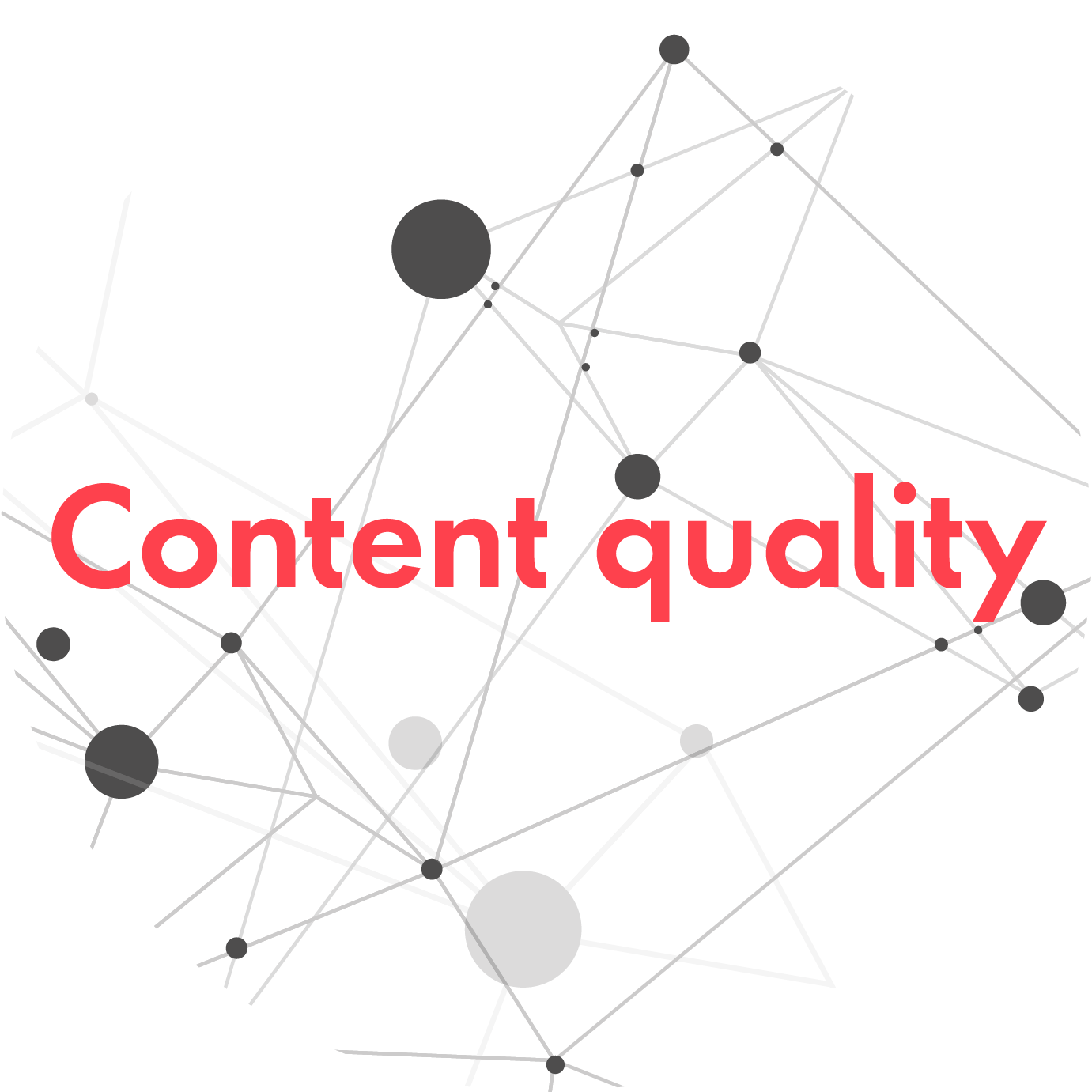
- Misinformation (or “hallucination”): May provide inaccurate or “fake” information in a confident manner
- Response ambiguity: Clear questions and prompts are required to provide precise answers and, as a result, makes it susceptible to data poisoning
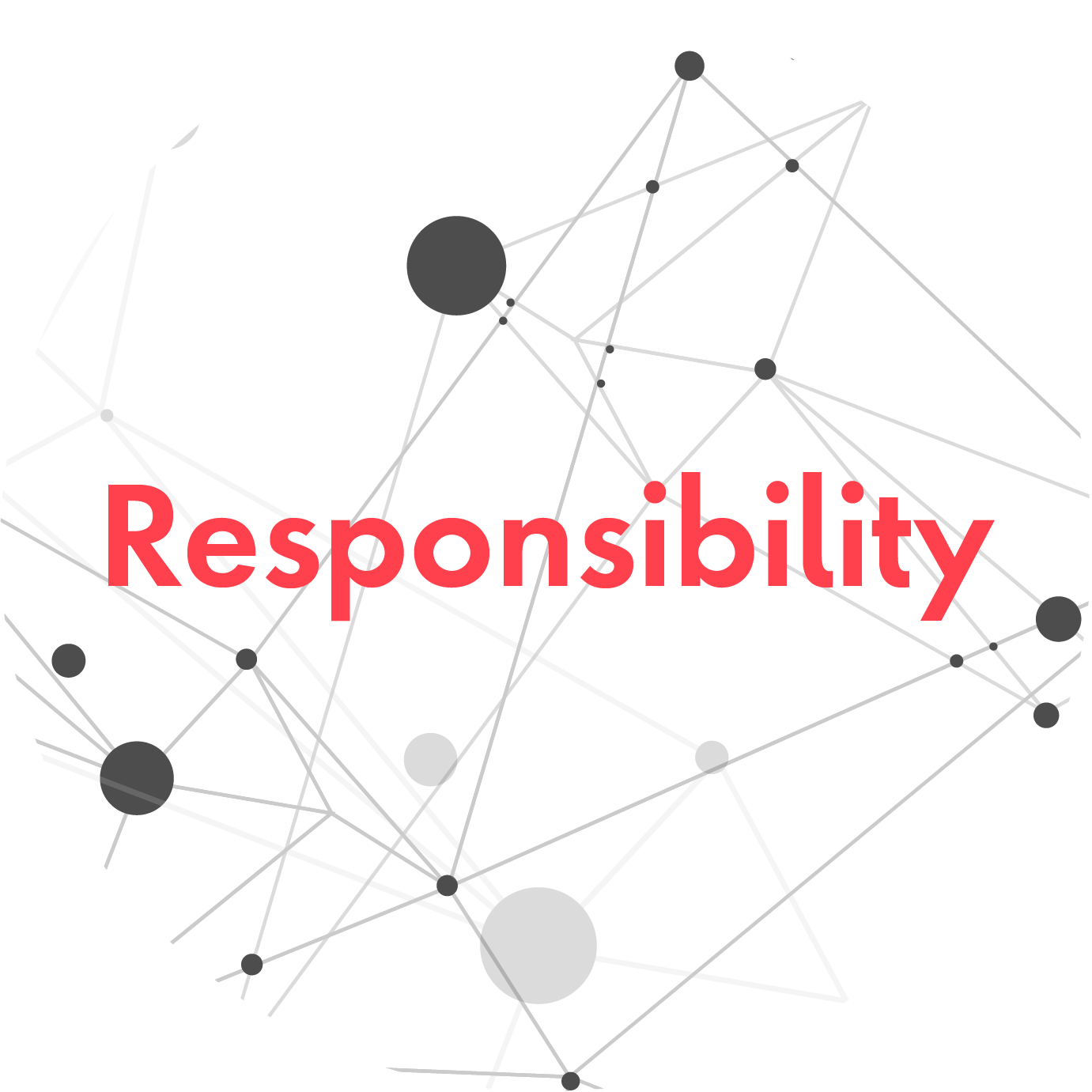
- Ethical concerns: Risk of generating harmful, biased or unoriginal content
- Sensitivity: May not understand user connotation or emotions elicited by responses
Generative AI has also been a topic for regulatory bodies around the world. The European Union’s Artificial Intelligence Act, for example, seeks to regulate AI in order to mitigate risks.
To responsibly adopt generative AI technologies, leaders must understand the risks, potential regulatory reactions and limitations inherent to generative AI.
5. What can organizations do to ignite a successful, well-defined and collaborative roadmap?
Once an organization has fully explored questions for generative AI, they can start building their roadmap for success by focusing on what it can do today, tomorrow and down the road:
Do now
- Create a shared knowledge base of the capabilities and limitations of generative AI tools and improve transparency within the workforce to demonstrate the potential for digital upskilling. It is critical that all stakeholders understand the boundaries of generative AI from other tools such as ML or predictive analytics
- Test generative AI within your existing capabilities to identify a long list of use cases specific to the organization. Brainstorm with operations and transformation teams on value-generating activities that can be accelerated, displaced or unlocked by integrating generative AI with existing autonomous tools
- Quantify the size of the value pool and determine the complexity of implementation to prioritize “quick wins” across the organization


Do soon
- Establish clear data governance, security, compliance and best practices around the enterprise use of generative AI in your organization through cross-functional and cross-business-unit collaboration. Set guardrails around the appropriate use of outputs created from generative AI and prevent data leakage
- Define proof of concepts, gather resourcing and technical requirements, and detail business impacts to enable organizational and operational change
- Design proof of concepts to demonstrate applicability and outcomes without the significant capital outlay of full-scale implementation
Plan for the future
- Set up your ML platform environment. Activities will also include configuring data preparation, training and production resources, infrastructure, workflows and tools.
- Institute feedback mechanism through continuous monitoring and operation of the ML/generative AI platform. If value proposition declines over time, identify requirements to retain, remodel or reuse to ensure continuous value creation.

Generative AI presents an opportunity for energy and commodities organizations to improve efficiency and unlock value by adopting new tools and optimizing the ones they currently use. By understanding generative AI’s power and potential today, organizations can start building a more profitable tomorrow.
As part of its digital transformation plan, Publicis Sapient helps organizations leverage the power of generative AI to gain a competitive advantage. Reach out today to learn how your organization can take part in the generative AI revolution.
Related Reading
-
![A woman stands facing away from us against a blue sky, with silver balls emanating purple light from each side]()
-
![]()
Customer Data Platforms Primed to Transform Oil
Three strategies that will help big oil companies understand the customer, distinguish themselves and capitalize on margins.
-
![]()
The Ultimate Maintenance Co-Pilot for Upstream Operators
How can upstream oil and gas organizations revolutionize data analytics? By using generative AI as a maintenance co-pilot.



